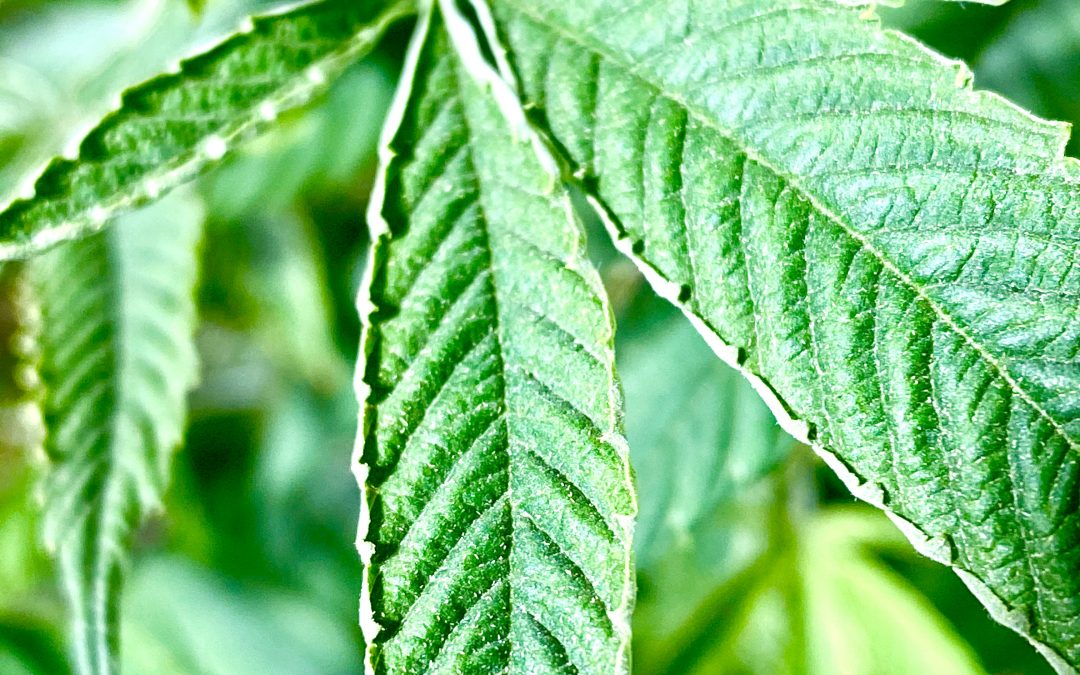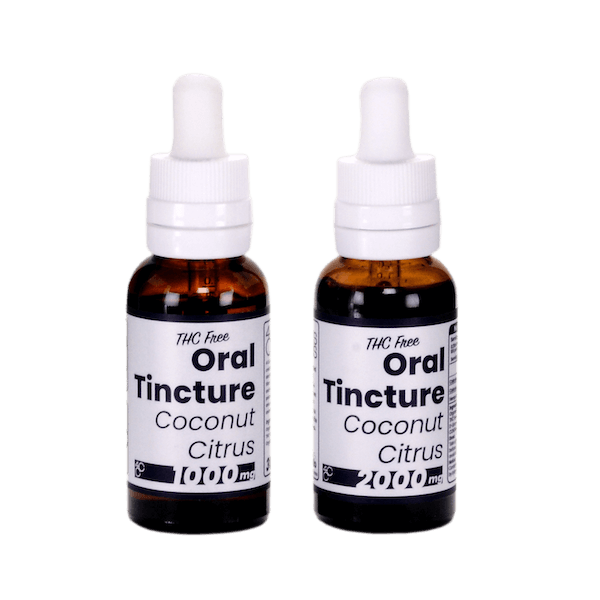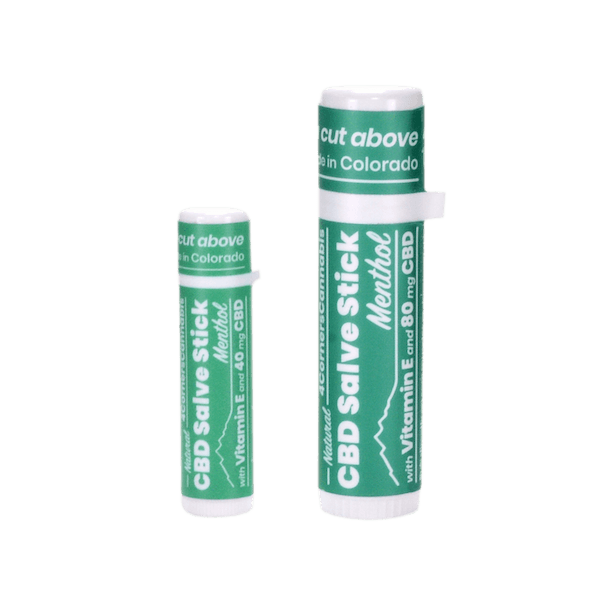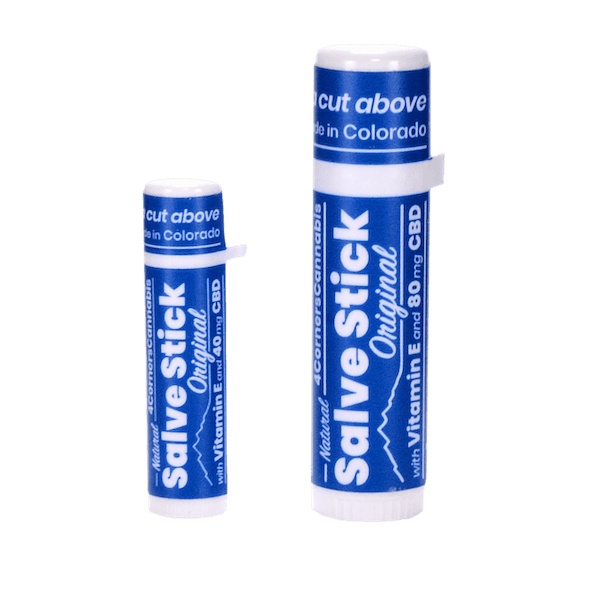When folks set out to farm hemp, they have a vision in their mind: a hard season’s work, a healthy hemp crop, and fair compensation for their efforts. Just like many things though, hemp farming typically plays out differently than we think it will in our minds. One of the many unexpected obstacles for newer hemp farmers to overcome is the many pests that plague hemp. The Russet Mite ranks near the top of that list.
What is a Russet Mite?
Aceria anthocoptes, more commonly known as the Russet Mite, decimate entire crops if left unchecked. Small enough that they almost can’t be seen by the naked eye, the average Russet Mite is measured in nanometers. Creating a visual for you takes one billion nano-meters to make one meter. They often start their feeding at the bottom of cannabis plants and work their way up from there, making them even harder to spot.
Russet Mites can’t be seen by the human eye unless you have a magnification of over 10x. Since our vision can’t help identify the problem, diagnosis requires observation of symptoms in affected plants. At first, the symptoms mimic those of a plant that simply has a pH or nutrient imbalance.
Signs of Russet Mite outbreaks
Russet Mites feed on sap from plants, essentially robbing them of much-needed nutrients. As a result, you may start noticing that your plants’ growth slows or even comes to a screeching halt. This will affect your plants’ ability to develop flowers when harvest time comes around. Even if you do have flowers though, flower resin is a Russet Mite’s bread and butter: their favorite food!
According to one Royal Queen Seeds article, Russet Mite infestations are, “usually characterized by yellowing foliage and stems, curling and/or drooping leaves, and stunted growth. Foliage affected by these mites might appear glossy or wet-looking, while buds will begin to brown and eventually die.”
How Farmers Deal with Russet Mites
For organic farmers that do things the right way, synthetic pesticides go against their practices. How can those farmers weaken this mite-y foe?
First things first, double-check your nutrient regimen and the pH balance of the water your plants are drinking (since symptoms can appear similar to those of Russet Mites). If you rule out nutrients and water as the source of the problem, you may be dealing with mites. The following list comprises a few ways in which you can rid your plants of mites.
- Neem Oil can be applied to plants in order to not only kill the mites that are there but repel other mites. This helps greatly when applied at the first signs of mite incursion.
- Organic Insecticides – These include products like Essentria IC3 and Spinosad, and require daily (sometimes 2-3 times daily) application until the mites are eliminated.
- Certain Common Natural Oils – Oils from eucalyptus, rosemary, lemon, and cinnamon, among others, can be applied generously to affect pest/mite control.
- Plant Removal – Sometimes pruning infected areas and quarantining infected plants gets the job done. Unfortunately, though, you may have to remove and destroy a number of infected plants in order to save the rest, but better to lose a few than to lose a whole crop.
How Long Does it Take to Get Rid of Russet Mites?
The average lifespan of a russet mite is only about three weeks, but you’ll likely need longer than that to get rid of a large colony of mites once they have spread through your crop. You’ll want to make sure that you kill both the active mites and any eggs that have been laid.
We recommend applying whatever spray or oil treatment you your plants every 4-6 days for a little over a month. After the first month of treatment, you may want to continue applying something like Neem oil for the rest of the season. Eggs often hide in the soil and will survive a lot of the surface-level treatments.
When you are transplanting your cannabis plants make sure to use high-power magnification lenses (15x or more) to inspect the plants so you are not bringing mites to a soil that would otherwise be free of these pests!
The Best Defense is a Good Offense
While you can certainly combat the mite issue when it arises, stay a step ahead of the problem instead. Be diligent, and make sure mites don’t show up in the first place!
Check, double-check, and triple-check your plants! It would be best if you were observing your plants close enough to notice minute changes in appearance and behavior that might indicate trouble, whether from Russet Mites or from any other source. In short, be scientific in your approach to growing. Larger farming operations aren’t able to give this kind of attention to each plant, and that’s why they turn to harmful, synthetic pesticides to deal with the problem.
According to Planet Natural Research Center’s Russet Mite Article, it’s beneficial to practice the following as well:
- Use only dependable, high-quality potting medium and plants from a nursery you trust. Don’t be afraid to ask if mites have been a problem.
- Introducing beneficial nematodes just as soil temperatures begin to warm and ahead of planting can help destroy eggs that are in the soil and nymphs (baby mites) once they hatch.
- Avoid over-fertilizing plants. Mites are attracted to vigorous green growth that comes from too much nitrogen.
Russet Mites and Hemp Conclusion
At 4 Corners Cannabis, we’ve always maintained an acreage on which we can realistically provide adequate care and attention for all of our plants. That’s how we continue to provide the highest quality hemp-derived products while avoiding catastrophes like Russet Mites! To learn a bit more about how we grow, check out our article, How Is Cannabis Grown?.




